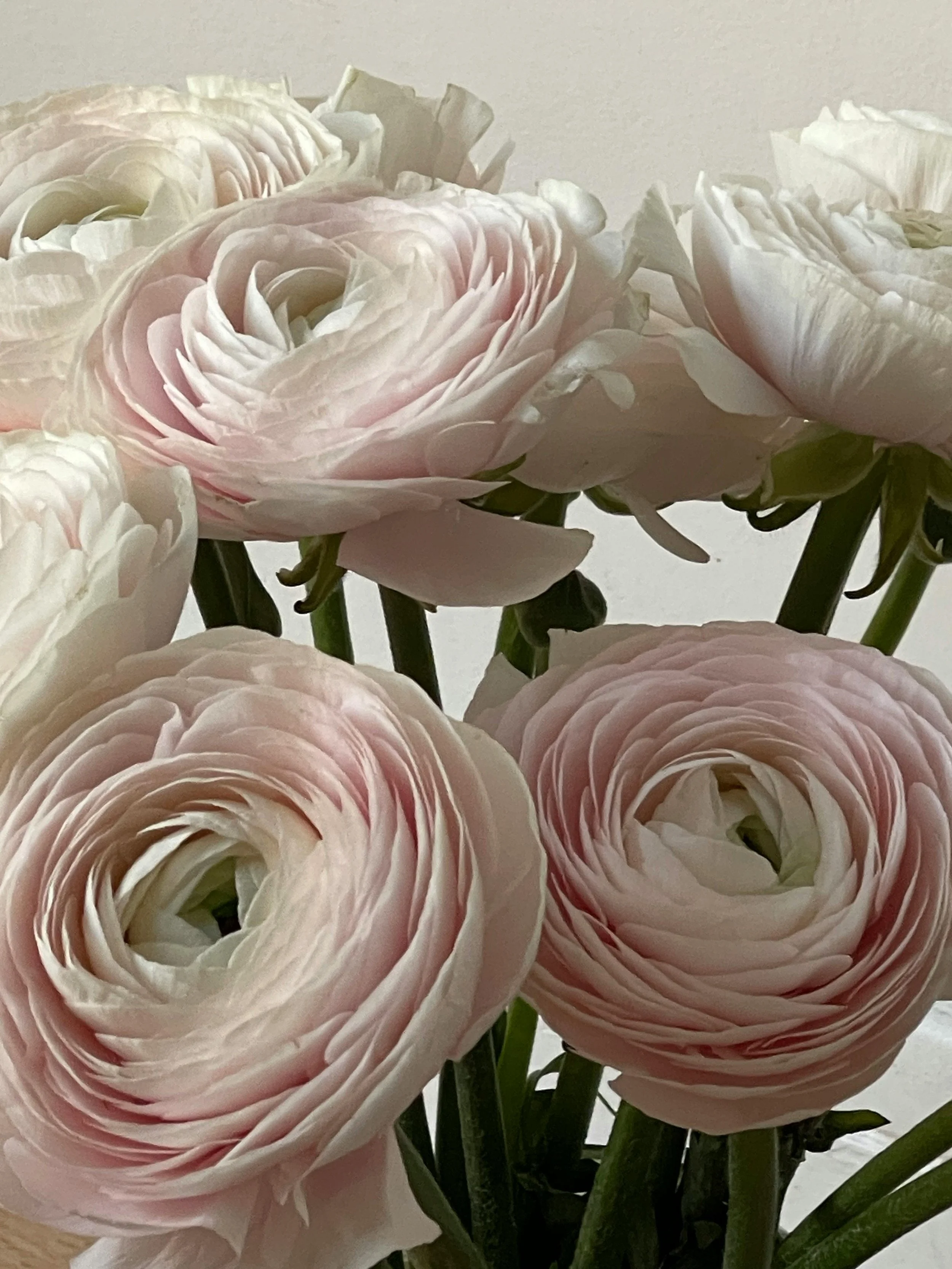Gen Z's Guide to Flower-Based Self-Care Rituals in a Busy World
In an era where digital overwhelm meets economic uncertainty, Generation Z has discovered something profoundly revolutionary: the ancient art of flower-based wellness, reimagined for modern life. This generation, born between screens yet yearning for authentic connection, has embraced floriculture as both sanctuary and statement—transforming budget-conscious blooms into powerful tools for mental restoration.
The Science Behind Floral Therapy
The therapeutic power of flowers extends far beyond aesthetic pleasure. Research in environmental psychology demonstrates that exposure to flowers triggers the release of dopamine, serotonin, and oxytocin—our brain's natural happiness cocktail. For Gen Z, navigating unprecedented levels of anxiety and depression, this biological response offers a tangible pathway to emotional regulation.
Lavender, in particular, has emerged as the cornerstone of youth-driven wellness rituals. Its linalool compounds directly interact with the nervous system, reducing cortisol levels by up to 23% within minutes of inhalation. Young adults are incorporating dried lavender into everything from pillow sachets to smartphone cases, creating portable peace in an increasingly chaotic world.
Creating Sacred Spaces on Student Budgets
The democratization of floral wellness has found its perfect expression in the "micro altar" movement. These intimate spaces, often no larger than a bedside table, combine seasonal flowers with crystals, candles, and personal totems. The key lies not in expensive arrangements but in intentional curation.
Supermarket flowers become transformative when approached with reverence. A $3 bunch of carnations, traditionally dismissed as "basic," reveals its hidden majesty when arranged in vintage mason jars or repurposed wine bottles. The act of trimming stems underwater, changing water daily, and removing wilted petals becomes a meditation—a daily practice of tending that mirrors self-care.
The TikTok Renaissance of Floral Bathing
Social media has breathed new life into the centuries-old practice of floral bathing. The hashtag #floralbath has garnered millions of views, with young creators sharing their recipes for transformative botanical soaks. Rose petals for heart-opening, chamomile for anxiety relief, eucalyptus for mental clarity—each bloom serves a specific energetic purpose.
The accessibility factor cannot be overstated. A handful of petals from a grocery store bouquet, combined with Epsom salts and a few drops of essential oil, creates a spa experience that rivals expensive treatments. This generation has mastered the art of luxury through intention rather than expense.
Urban Foraging and Seasonal Awareness
Perhaps most remarkably, flower-based self-care has reconnected urban youth with natural cycles. Young adults are learning to identify seasonal blooms, understanding that daffodils signal hope's return in March, while sunflowers embody summer's peak energy. This seasonal attunement provides grounding in a world that often feels unmoored from natural rhythms.
Urban foraging—always done ethically and legally—has become a weekend ritual for many. Discovering wild violets in city parks or dandelions in vacant lots transforms daily walks into treasure hunts. These freely gathered blooms often carry more potent energy than hothouse varieties, having survived and thrived in challenging urban environments.
The Future of Floral Wellness
As we move deeper into 2025, flower-based self-care continues evolving. Gen Z's approach—pragmatic yet poetic, budget-conscious yet beautiful—offers a blueprint for sustainable wellness practices. They've proven that healing doesn't require expensive therapies or exotic retreats; sometimes, it's as simple as a single stem in a water glass, tended with love and intention.
This generation's gift to floriculture lies not just in their creativity but in their ability to make ancient wisdom accessible. They've transformed flower arrangements from formal displays into personal rituals, from special occasions into daily practices, from luxury items into essential tools for mental health.
In a world that often feels designed to overwhelm, these young adults have quietly revolutionized how we think about flowers—not as temporary decorations, but as living allies in the ongoing practice of caring for ourselves and each other.

